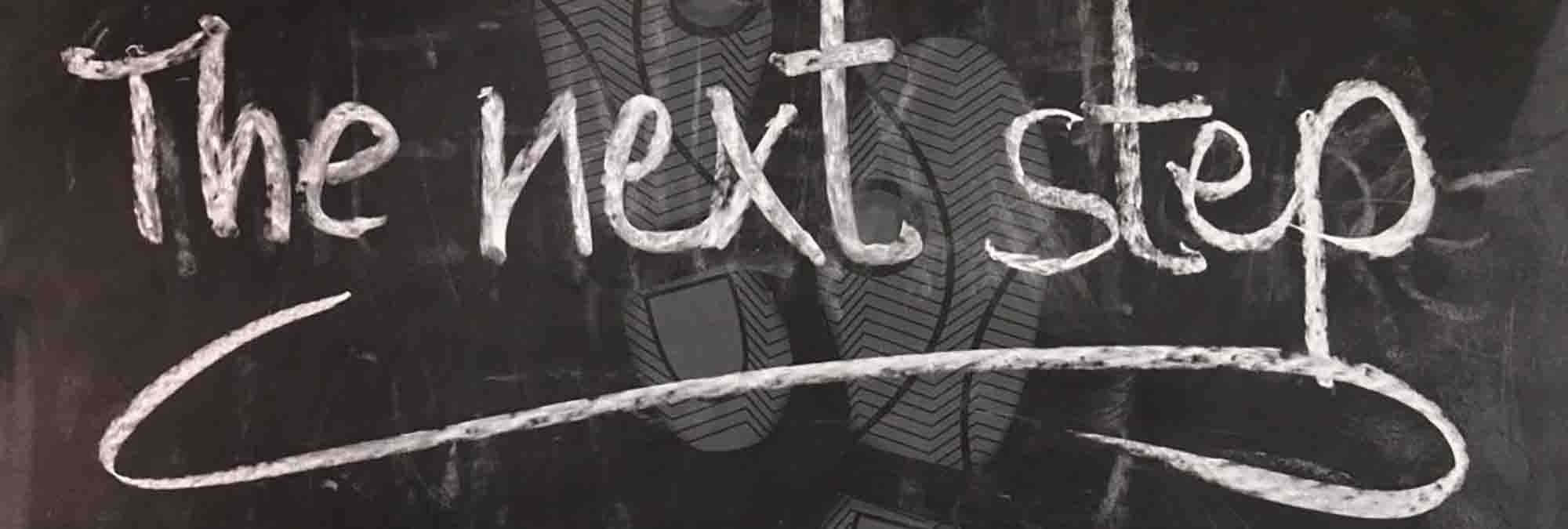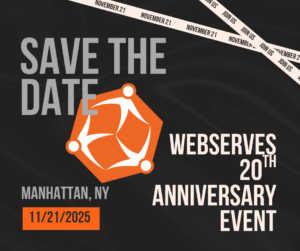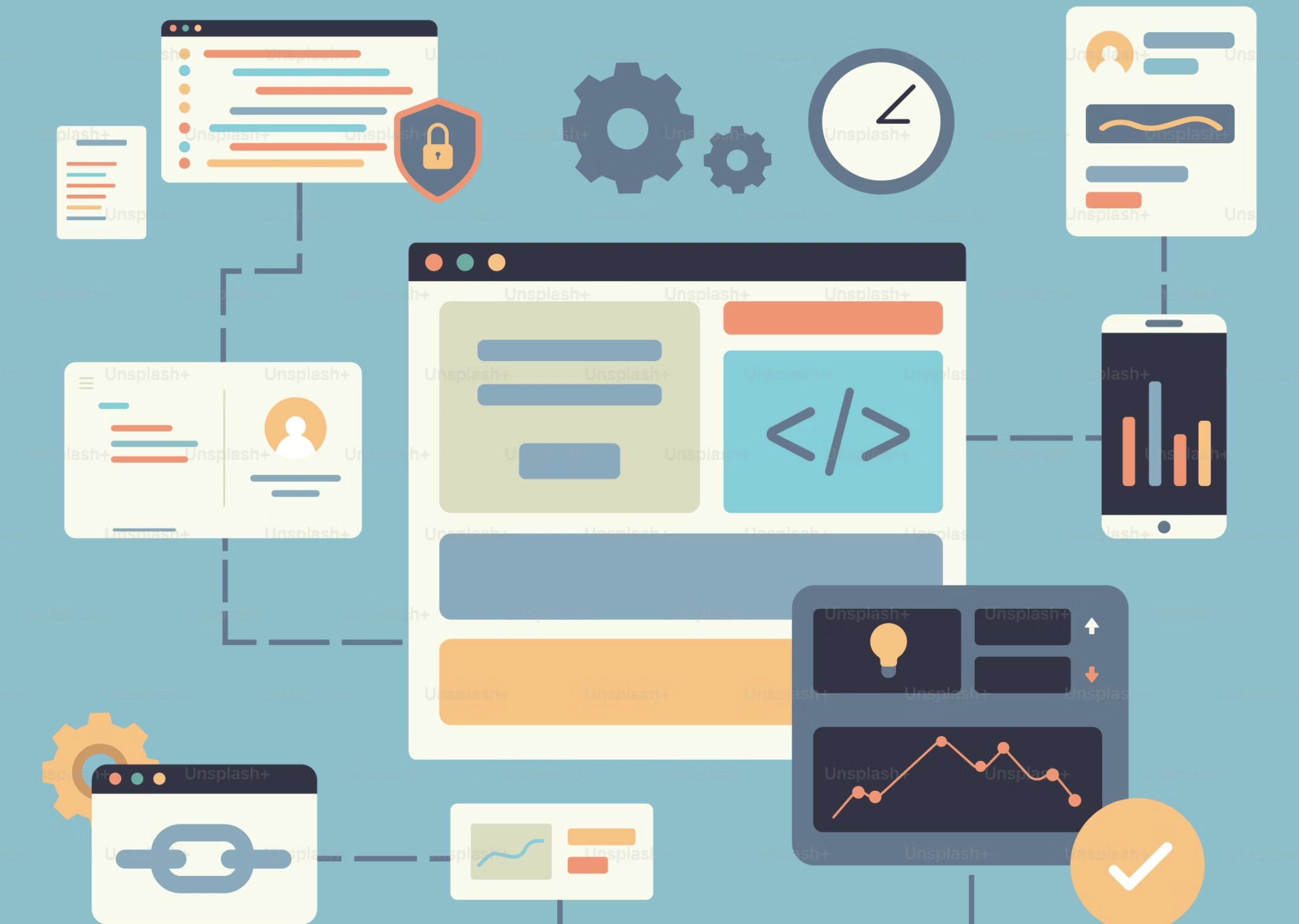It’s hard to predict what the “new normal” is going to look like, no prevision is verified yet and data is still inadequate. We know that different businesses and industries in different places will operate at different speeds. In this sea of information, everyone has an opinion on what to do next. What we can do is help you ask yourself the right questions to navigate a structured route to what the “New Normal” will look like.
Premises to take into consideration:
A return to pre-Covid-19 life is unlikely for many reasons, behaviors started becoming “habits” and our actions, attitudes and priorities have been inevitably changed by the pandemic. With virtual and digital replacing physical wherever possible, the crisis accelerated change in different ways that will transform how we live and work from now on and for the years to come. Not only have the companies been forced to adopt “smart working” but the whole technical and organizational infrastructure has seen a switch to online.
In a short period of time Covid-19 has pushed organizations to rethink customer interactions and customer experience and there’s no doubt that rapidly innovating and redesigning journeys that matter will be key. The future will be shaped by new customer experiences and organizations can either accept and service that new behavior or they can try to shape it in their favor. This more customer-centric mindset where the needs and thoughts of your audience will lead the change will positively forge the way in which you reduce short-term risks and balance decisions.
To help you go through this period here’s a structured approach that will reflect to your workers and customers.
Find your balance after the storm
You survived this crisis, now is the time to steer the ship back on course. You mitigated many of the risks that have presented themselves during the height of the pandemic. As the world begins to reopen, use this time to mentally digest what has happened and ground yourself in order to begin this new journey.
Listen and Plan
Listening is a key exercise to master during this phase. Ask your team to listen through surveys, social media, and one-on-one meetings with customers and partners. Keep track of the insights and translate them into action. You’ll acquire new knowledge that will improve your entire ecosystem and your relationship with suppliers and partners. With that in mind, you can then start planning and orchestrating how to return to the workplace and how to segway into this mentality.
Restart with a new awareness
In this third phase, you will likely have to rethink processes, tools, and technology as you evolve your traditional ways of working which will now have to be optimized for safety. It is time to accelerate change to grow in the next normal. Embrace this new digital transformation and allow your business to become faster and more relevant to customers than before the crisis. Identify new needs that this crisis has brought along and find new opportunities that you can fulfill with your knowledge and experience.
Now that you have a first-tracked approach observe more specific steps in order to redefine some crucial actions.
– How You Make Decisions
Take this time to evaluate how you make internal decisions, and try to establish a data culture with clear tools and new KPIs. Establish a crisis management delegate that will take care of the structured planning and gathering of information from reliable sources.
Re-evaluate, prioritize, and realign resources in order to create an effective response strategy for your organization. If you focus your decision-making around insight-driven decisions, you can redirect your company’s resources to the most critical areas of your Covid19 response.
– How You Adapt to Work
Develop your new adapted specific work plan and define priorities.
Support employees’ and volunteers’ new virtual collaboration and productivity. Train leaders, managers, and colleagues on how to support employees mentally and practically. Leaders and managers will carry most of the responsibility for ensuring a smooth return to the workplace. Share accurate, timely, and transparent information on the development of the business progress with your team in order to reopen workplaces safely following the guidelines.
– How You Talk with Customers and Partners
Meet your customers where they are today. Either through digital platforms, streaming services or simply by phone, you can optimize the way customers can reach you. If your main media is online, step up by offering a deeper personalization of your services through digital platforms. You can also reach out to your existing customers and partners with support and empathy, and not for marketing reasons this time. Think of adapting your offer and existing programs to what is more needed during this time but always staying true to your values and mission. The way organizations respond to a crisis like the one we’re recovering from plays a big role for customers, employees, and the broader community and it is likely to leave lasting memories in customers’ minds.
Accept, adapt, and learn from the changes and use them to your advantage.
Use this time to reorganize physically and mentally. In conclusion, you should accept the new reality that we are living in as a time of massive change in all aspects of life. This unsolicited wake-up call has rattled every part of our lives and has forced change to happen whether we wanted it to happen or not. That being said, perhaps some of the change happening is a necessary push for humanity to move forward, and ultimately enhance our lives in the long run. Success will most certainly depend on continuous business model innovation with agile and smart collaboration. While it most certainly will be a bumpy road in the near future, your ability to progress will depend on the decisive actions you take each step of the way. The road to recovery has only just begun, but being able to appear as a resilient figure to your client base will go a long way.
We’re proud to play our role in a successful reopening, for this reason, WebServes now offers personalized post-Covid-19 grant application preparation services. Set up a call now to discover the possibilities for your organization. To stay updated with our services subscribe to our Blog so you never miss an opportunity for WebServes to help you.




